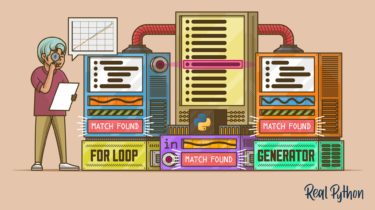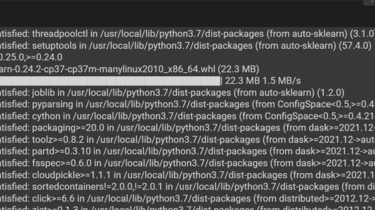How I used artificial intelligence to publish an illustrated children’s book in 24 hours
As someone who loves stories, I’ve always dreamt of publishing my own. One of the stories I created is about five naughty little bugs — a story my children love to hear (again… and again… and again). A week ago I came across DALL·E 2 which sparked my curiosity.
Read more






